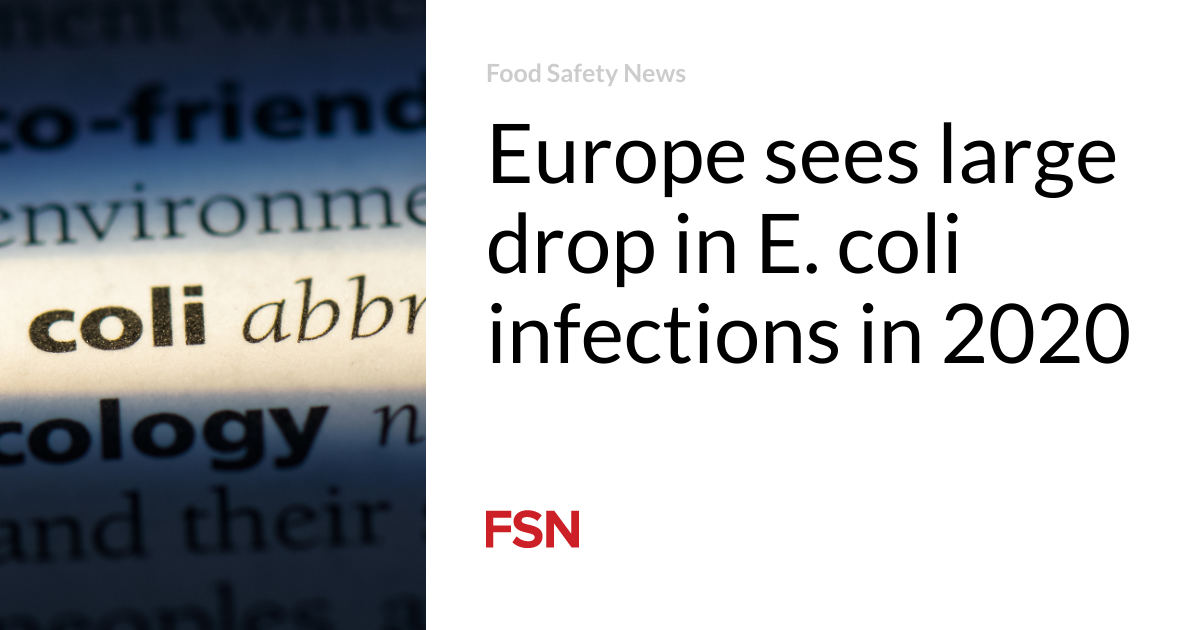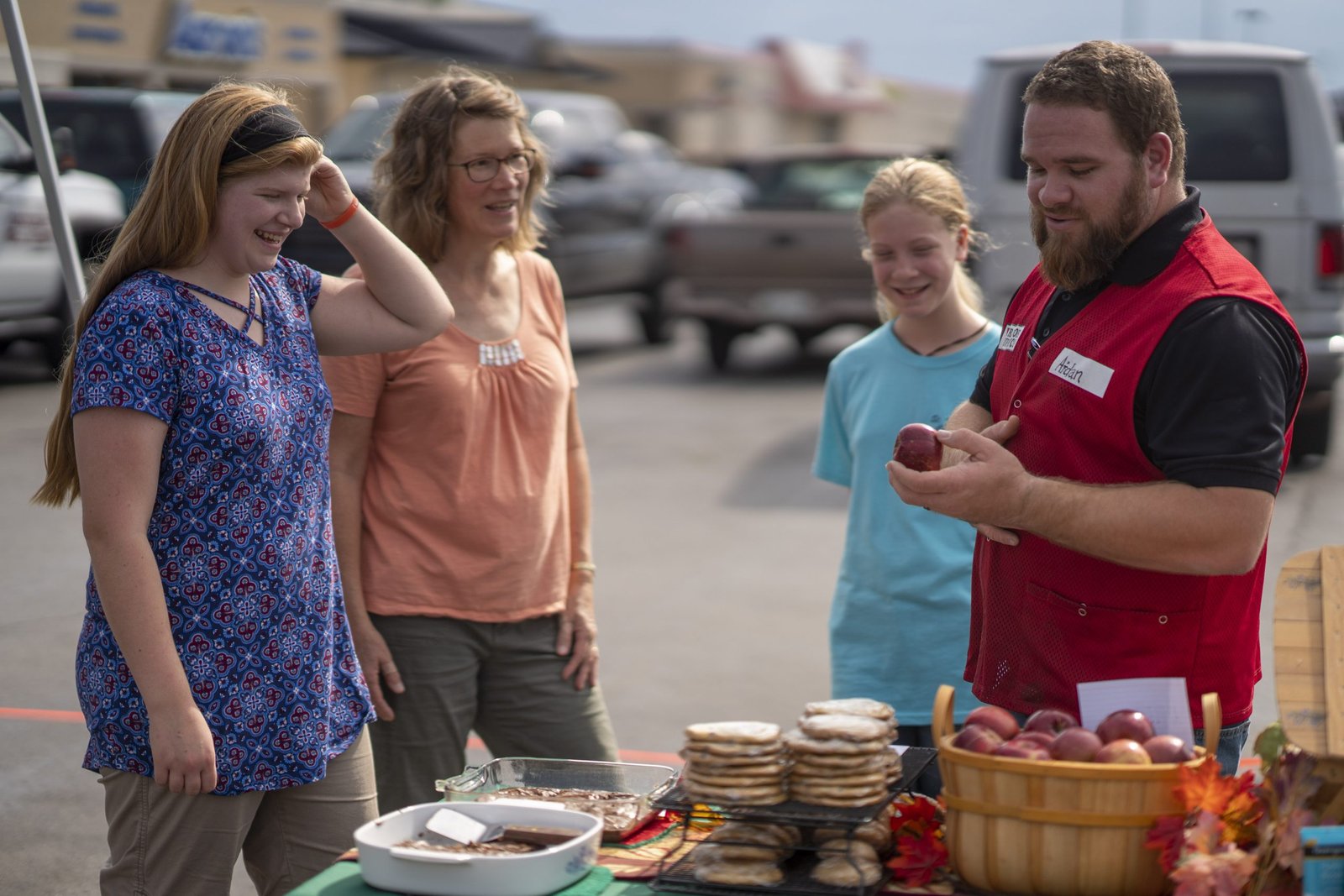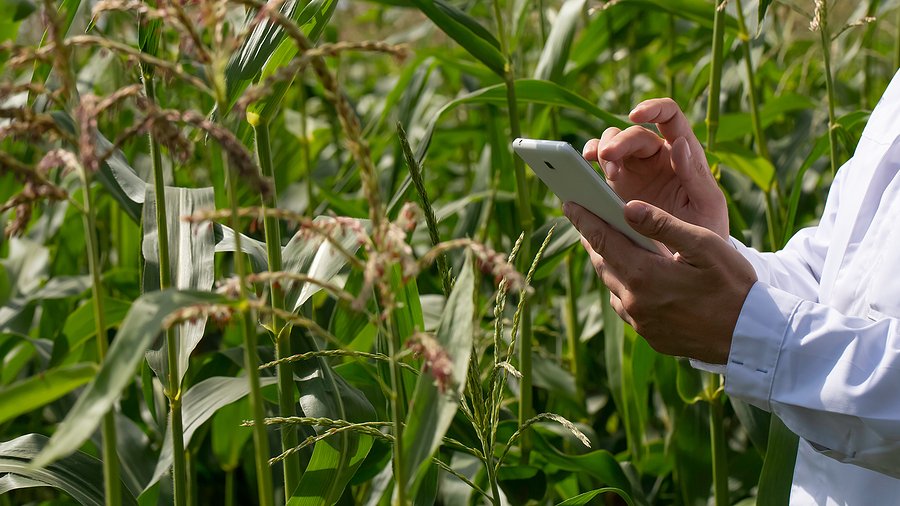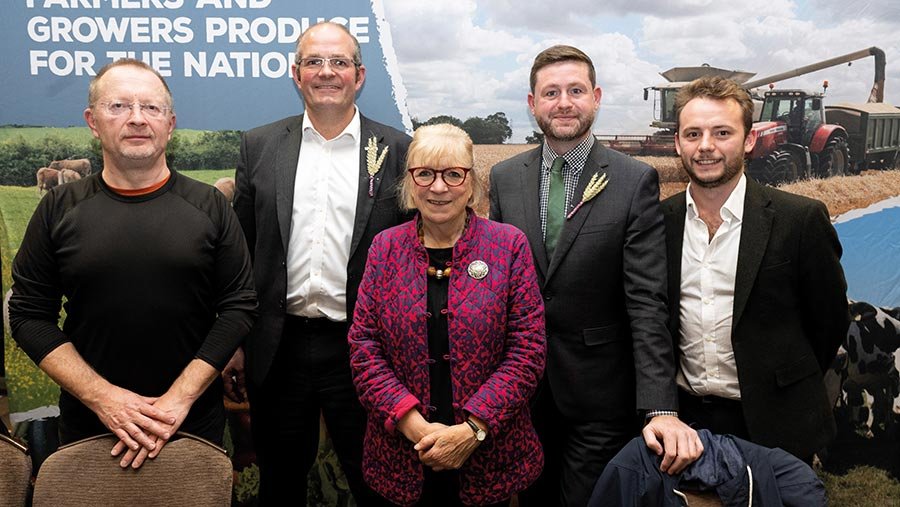A project on food safety and authenticity in Europe and China has ended after more than four years of work.
EU-China-Safe included 16 partners from 11 EU countries and 17 participants from China such as government bodies, industry and research institutes.
Queen’s University Belfast coordinated efforts with help from the EU’s Joint Research Centre, Wageningen University, Nofima, Fera Science, Nestlé, Danone, China National Center for Food Safety Risk Assessment, Hong Kong Polytechnic University and others.
Goals were to enhance food safety, deter food fraud, restore consumer confidence, deliver mutual recognition of data and standards and support agri-food trade between Europe and China.
Problems have dented public trust
Speaking at an event marking the end of the project, professor Chris Elliott, from Queen’s University Belfast, said trade between Europe and China is growing year on year and delivering safe and authentic food has never been more important.
“We are very aware that, in the EU and China, consumer trust in industry and regulatory authorities has been damaged by a large number of accidental and deliberate food contamination and adulteration incidents. If you think about the melamine crisis in China, the horse meat scandal in Europe, gutter oil in China, fipronil in Europe, these are very high profile crises that served to undermine the confidence of consumers in our food systems in China and Europe,” he said.
“Whenever we have these types of issues the ability to import from Europe to China and export from China to Europe are hampered. A lot of those issues are around safety, traceability, regulation and fraud. These are the things we have tried to find some impactful solutions to.”
The Horizon 2020 project received almost €5 million ($5.5 million) in EU funding and an application was made to continue efforts but this was unsuccessful.
Elliott said teams had used blockchain technology, studied digital traceability and the digitalization of supply chains.
“We looked at mapping value chains and a forensic type analysis looking at discrepancies for detecting fraud. In terms of combatting fraud we had to look at the emerging technologies, some of them lab-based and others field-based, to find out what could deliver meaningful results that could be relied upon. We did this over a range of foods and beverages from infant formula, wine, meats and organic produce,” he said.
“We looked at a number of accidental chemicals that can enter into food supply chains, like nitrates and chlorates, veterinary drugs, feed additives, pesticides and food contact materials. We also looked at microbiological contamination that could cause regulatory and food safety issues.”
Examples of project work
Outputs include case studies on the wine chain from Europe to China, authenticity of organic food products, a virtual laboratory, a new standard on nitrofuran analysis, 70 peer-reviewed publications and training of more than 300 people.
A lot of work was around scientific methodologies but there was also a social science component, said Elliott.
“This was about identifying the different ways we could communicate with consumers in China and Europe and some of the expectations and barriers in trying to build trust. We looked at things we could identify early and develop mitigation strategies for before they became actual impediments to trade,” he said.
“Another major aim was to try to build confidence between regulatory laboratories and bodies in EU and China so that there was a better way these labs could work together and share information to try and harmonize analytical methods and standards. We set out to create a virtual lab to look at major food incidents.”
Five work packages focused on traceability, authenticity, food safety, developing the EU China laboratory network and knowledge transfer and training.
Dr. Carsten Fauhl-Hassek, from the German Federal Institute for Risk Assessment (BfR), presented a case study on the wine chain from Europe to China. This included examining 50 wines with European labelling, purchased on the Chinese market, for fraud. Results were published in the journal Food Additives and Contaminants: Part A in 2021.
Jana Hajslova, of the University of Chemistry and Technology in Prague, talked about authentication strategies for organic foods and judging deliberate or accidental contamination with pesticides.
Seamus Fanning, from the University College Dublin, gave an overview of the virtual lab and Moira Dean, of Queen’s University Belfast, revealed results from two consumer surveys on trust in infant formula and processed garlic in Europe and China.
Gemma Regan, from Teagasc, talked attendees through a faster and more sensitive method for nitrofuran analysis. Nitrofuran antibiotics were used to treat bacterial infections in livestock but are now banned in Europe and the U.S.
(To sign up for a free subscription to Food Safety News, click here.)














